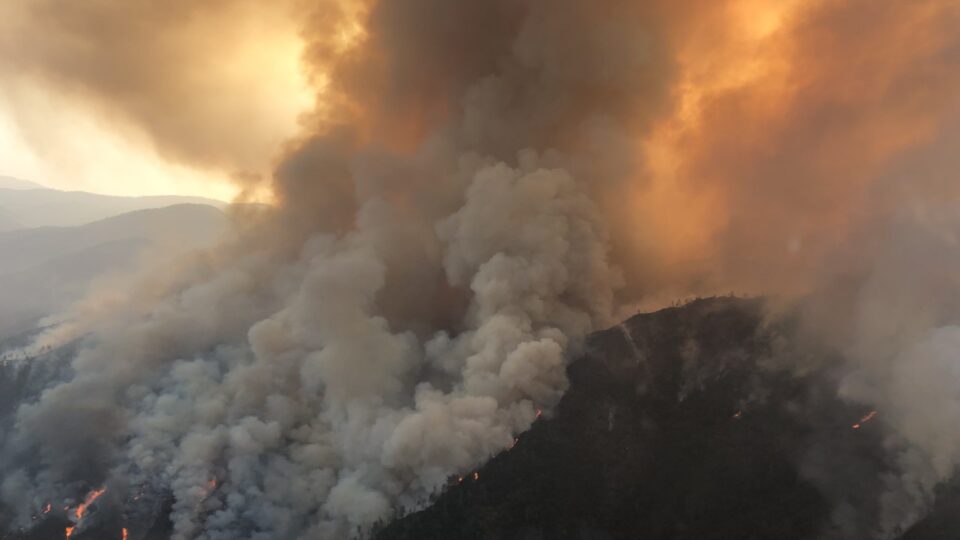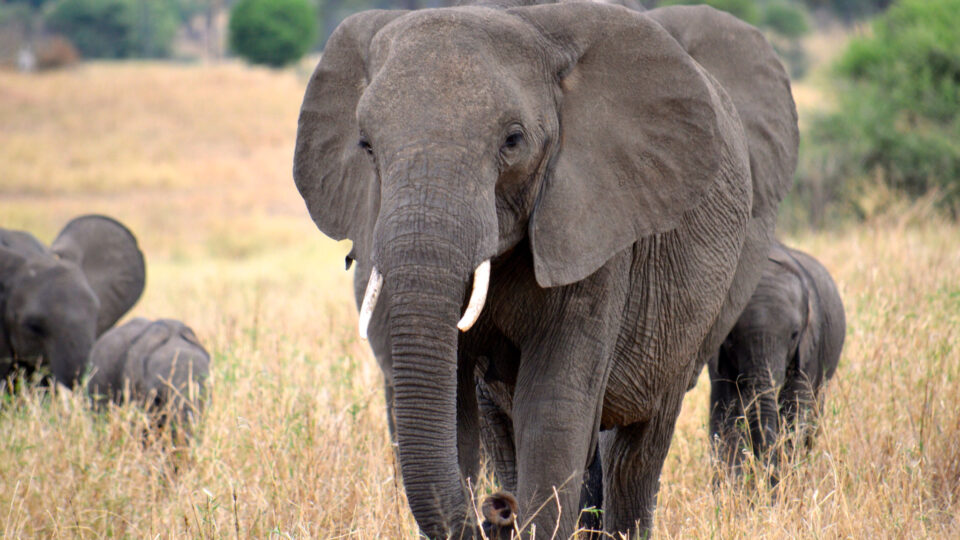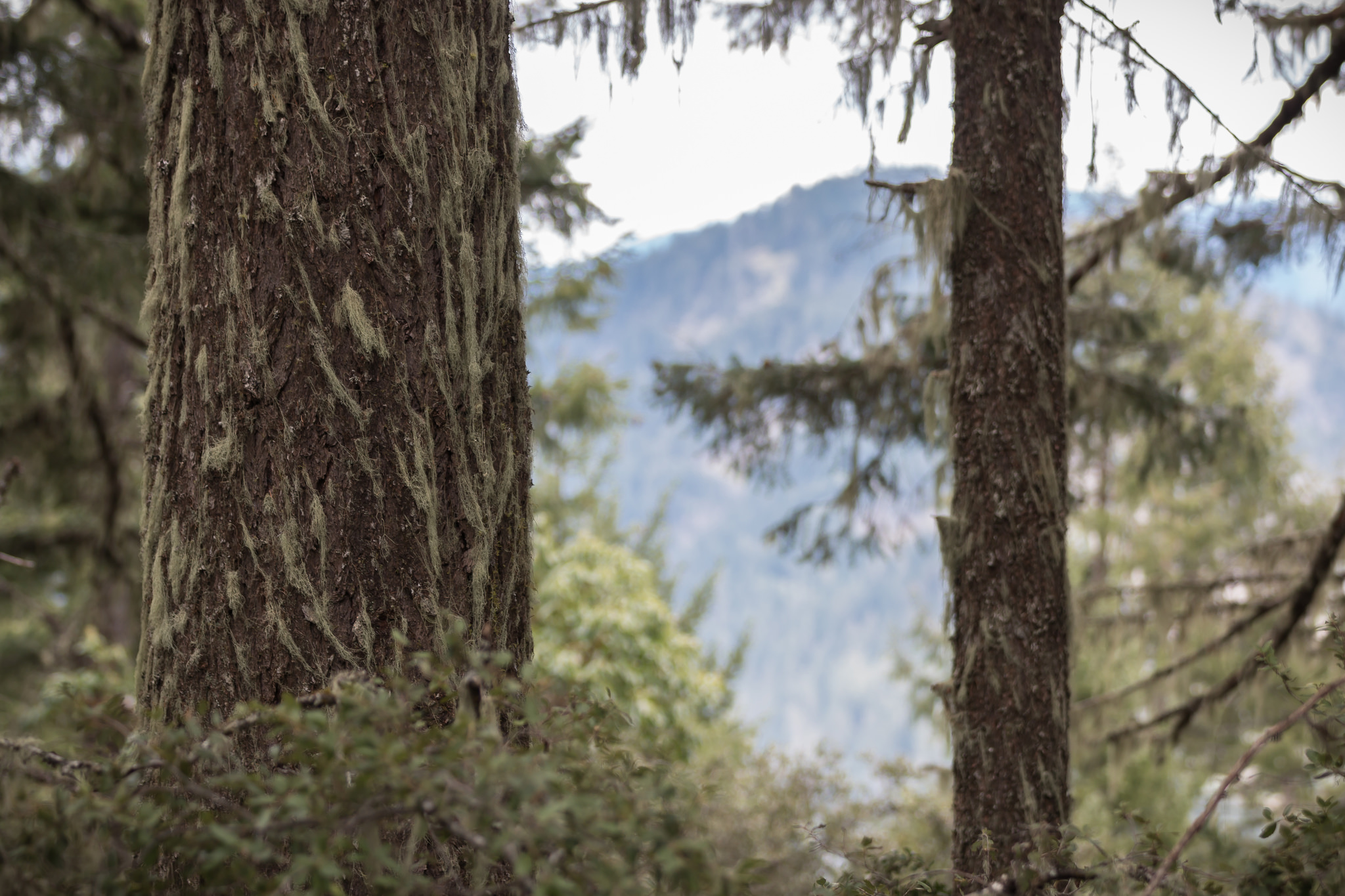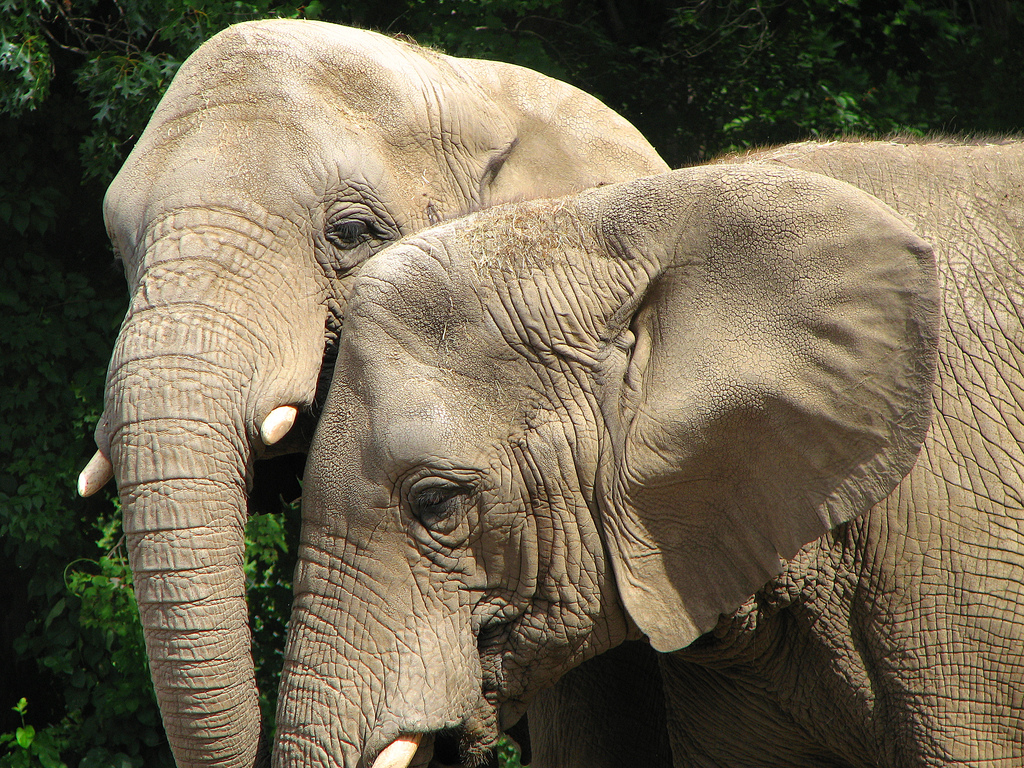Wildfires are a natural phenomenon. They have occurred long before there were people around. Ecosystems adapt to fires and some species can benefit from them or even depend upon them. But in recent times, fires have been intensifying and increasing in frequency and they are beginning to outstrip nature’s ability to bounce back from them.
So-called megafires – ones that dwarf typical wildfires in size – have an immediate ecological toll. They kill individual plants and animals that might have survived smaller fires.
Over millennia, many species of plants and animals have evolved to adapt to periodic fires. They are especially sensitive to smoke and take protective action in a timely fashion. Others take advantage of food sources that arise when trees burn.
But even species that capitalize on burned-out areas of forests require oases of healthy woodland for at least part of their activities. When fires are too widespread, such oases are too few and far between.
Animals that survive fires must find food, water, and shelter in the aftermath. And all air-breathing animals are going to be impacted by smoke exposure because the chemicals in smoke are toxic to them as well as to people.
In places like Canada’s Northwest Territories, repeated fires have transformed some forests, eliminating dominant tree species and replacing them with others whose light seeds were carried on the wind.
Scientists have estimated that increased global fire activity could push more than 1,000 threatened plant and animal species closer to extinction. Changing fire patterns are transforming landscapes and utterly remaking ecosystems.
**********
Web Links
How Megafires Are Remaking the World
Photo, posted December 19, 2022, courtesy of Brian Pippin/USFWS via Flickr.
Earth Wise is a production of WAMC Northeast Public Radio




